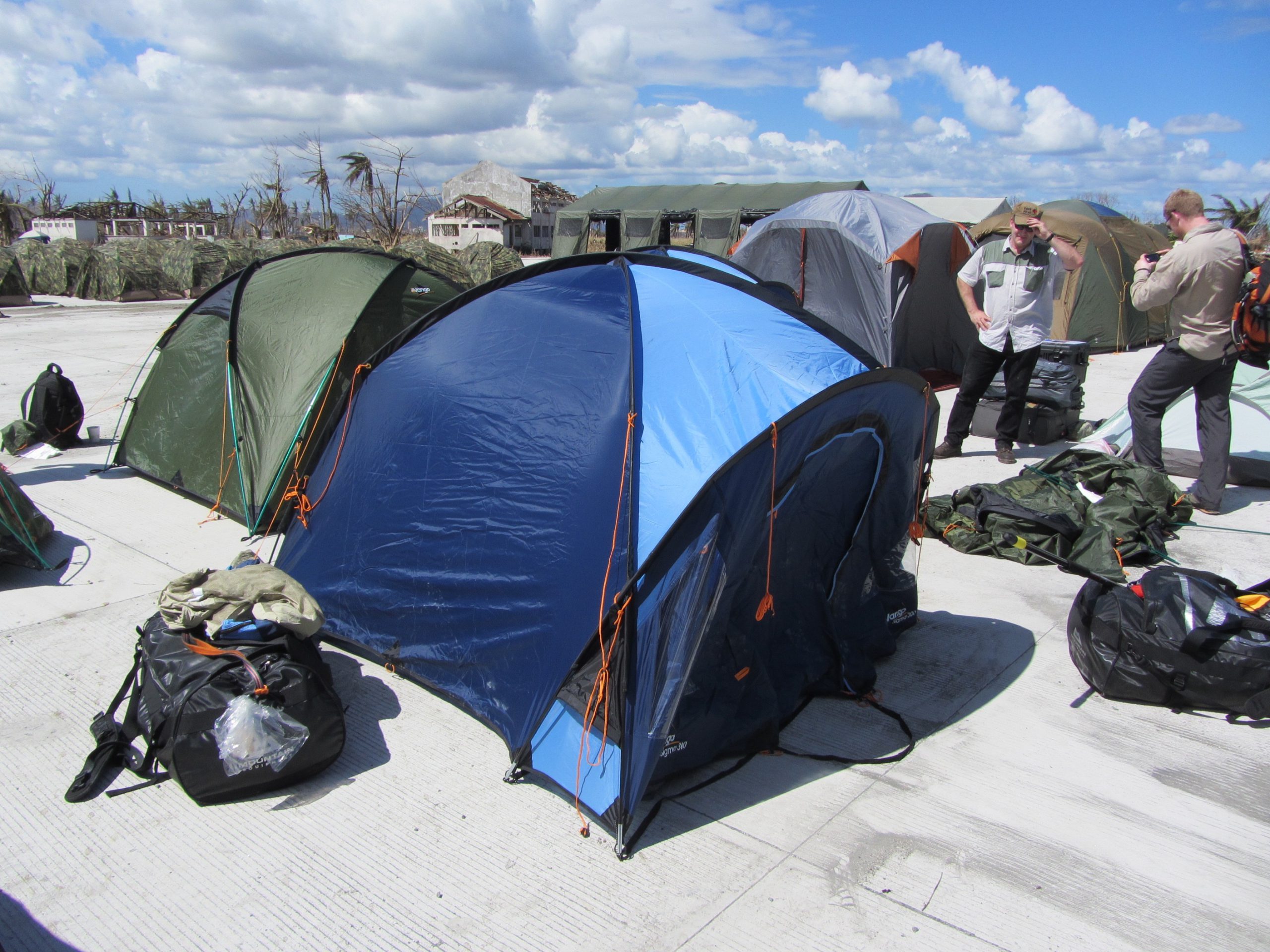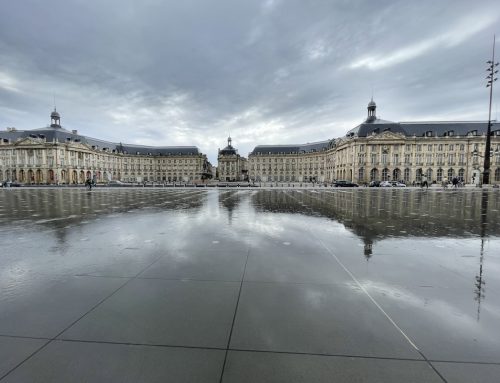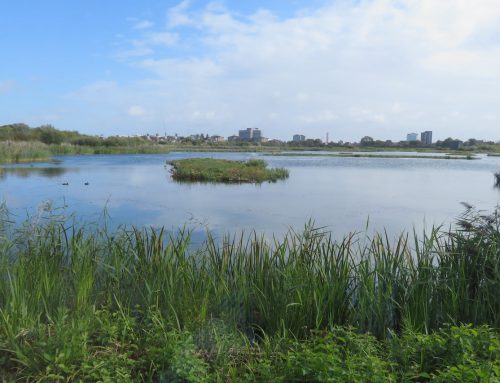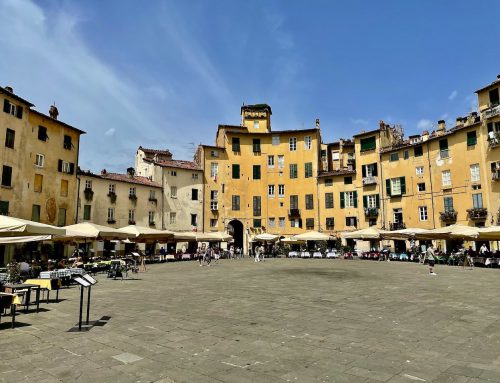In the wake of Typhoon Haiyan

Home sweet home in Tacloban

Home sweet home in Tacloban
Tacloban, Phillipines
There is something about disasters; by definition they come at the most unexpected time. For me, when summoned to join the United Kingdom’s Disaster Emergency Response, I have so often been up a mountain. For the Great Earthquake of Kashmir I was in the Peaks, for Java it was Snowdon, for Haiti it was…. okay so here goes…in the bath, for Libya it was Chamonix and for the Philippines I was at the top of the Lake District’s Pike of Stickle.
It was November 2013 and my mobile let out its tell-tale ping as I was hanging to a rocky crag by one arm. I reached into my pocket with my other hand and read the brief text:
“Hi Richard. Can you be available for deployment in the next 12 hours? We are putting a team together.”
And that was it. Having been in the mountains and away from the news, I knew nothing of a typhoon, or a storm surge, or that one of the friendliest, most hospitable peoples on the planet had been visited by a Hell that few can imagine or describe. I learned fast as I drove south, headed towards Heathrow Airport. Typhoon Haiyan – or Yolanda if you are local - had destroyed everything in her path, and had turned the many shanty dwellings into matchwood with irresistible force. Corrugated iron roofing took to the air, slicing through flesh as would a surgeon’s scalpel. A massive storm surge rapidly followed, drowning all in its path. For those who were not drowned, the force of water threw them against rocks and wire and trees and walls, while cars were thrown high in the air to land incongruously in locations they were never meant to visit. Nothing and no one can resist Nature when she turns sour. She is an unstoppable force. All you can do is wait and hope and, if you are so inclined, you can pray.
I suppose it is wrong to say the humanitarian response to the Philippines was magnificent, but it was. Actually, perhaps magnificent is the wrong adjective to choose for a disaster. It is so easy to criticise these things from the comfort of an armchair but you just try being there for real. For those who gather money to make such things possible, they can be justifiably proud of what they do. The money is very well spent. Each aid worker, whatever their role, is well aware they are there solely because of the funding provided by others. So thank you dear donors, dear collectors, dear cajolers and encouragers, thank you for all you do to keep disaster relief a viable option.
Within a very short time of our arrival we had been briefed, deposited on an airplane and met in the Philippines by an advance party that had already scouted ahead. Before long our 12-person team had split into two, six aboard the Royal Navy’s HMS Daring – I chose to call them Team Wet – and six working in a Tacloban-based Australian Field Hospital – I called them Team Dry. I had it wrong, of course, as being a member of Team Dry I soon realised we were very, very wet. Although Typhoon Haiyan had wreaked her havoc, there were plenty of mini-typhoons that followed. Folk back home may not realise but the headline disaster that triggers an emergency response is often just the start. Consider for one moment the Great Earthquake of Kashmir. More than 1000 aftershocks followed, some of which were more powerful than the original. Those who form part of a Disaster Response Team realise they are entering a lion’s den. Such aid provision is not for the faint-hearted. To help others you need to survive yourself.
Team Dry, now renamed Team Soaking, swung into action almost the moment they landed in Tacloban and were operating within two hours of arrival. There were two operating tables in the single theatre tent, two ward tents, an Accident and Emergency tent and even in-field X-ray. The Australians made excellent companions and operated in a manner that was a credit to the medical profession. The two nations, Brits and Aussies side by side, have a long history of friendship. They understand each other, laugh at their occasionally warped sense of humour, and sometimes share a rebellious streak when it comes to authority. We agreed on almost everything; except The Ashes. That was in full tilt while Haiyan wreaked her havoc. If there was anything to split our special relationship asunder, it was that tiny urn. You know the one? That miniscule item over which grown men have cried.
The Tacloban days were long, the patients coming as a steady flow, young and old alike. Infection was a problem as the dirt and filth of disaster, added to the contaminated water that had formed the surge of death, forced bacteria into almost every wound. Much of the time was spent cleaning wounds once, then twice, indeed cleaning them repeatedly until they were ready for closure. To close a contaminated injury is to court tragedy. The end result is so often that horror of surgical horrors – amputation.
You would have to be truly heartless to not be moved by the children. At the many tragedies and disasters I have attended I have been astonished how rarely they cry. Yet you see distress in their eyes, in their expressions and in their silence. You feel it as they cling to your clothes and refuse to let go. You, the stranger from far overseas who is the only hope they have. Tragedies such as Typhoon Haiyan really do split families apart and destroy lives.
Close your eyes for one moment and imagine. Imagine that by tomorrow all you possess will have disappeared. Imagine that all those you hold dear - your mother, father, brothers, sisters and many if not all of your friends – imagine if suddenly they were no longer there. Your house has gone, your toys have gone and your favourite clothes, what few you had, are shredded. Imagine for one moment what that would mean to you. Everything familiar has vapourised, never to reappear. That is the nature of disaster and why humanitarian assistance, for all its perceived faults, is so vital.

Helicopters are critical in the wake of a disaster







